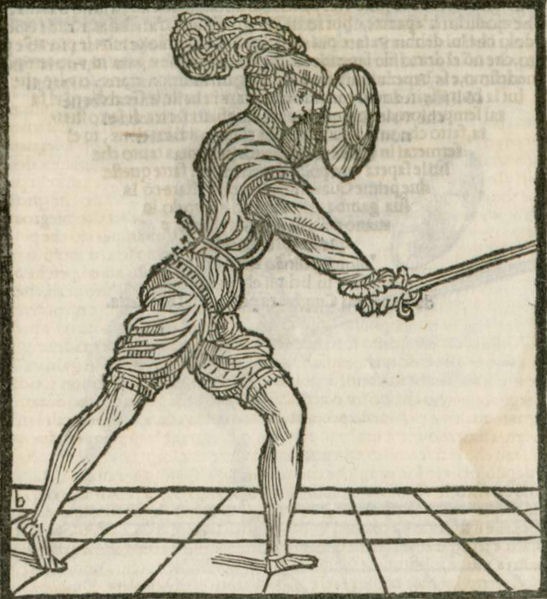One important component of how we train at Academie Duello is slow work. Slow work is a type of sparring practice where you fence freely against an opponent but at a speed that is slow enough that you can consider and be observant of your actions as you respond fluidly to the situation at hand.
The goal of slow work is to find a speed where you can respond and not simply react. A reaction is an uncontrolled, martially or tactically imperfect movement that your body spits out when you panic upon receiving some stimulus from your opponent. Think of your sword flying out to make a sudden parry but going too wide, being misaligned, or on an incorrect line. What we truly want is a response; a fluid and conditioned adaptation to the opponent.
As martial artists we want to be in control of our body’s and the martial situation at all times. Any action we initiate or response to our opponent needs to be:
1. Biomechanically sound. (The right parts of your sword and body doing the right job)
2. Precise and efficient. (Movement as you intend it)
3. Tactically Intentional (The right action at the right time)
Starting your free fencing practice at slow speeds and building smoothness and fluidity (what these 3 qualities will look like when done well) is essential to keeping the same qualities at high speeds. This doesn’t mean you should always train at slow speed, or that slow speed sparring is the only tool you need but it is an essential tool if you want to be a beautiful and effective practitioner.
Any musician can tell you that the fastest players in the world found their way there through building their speed only so far as they could maintain their precision. There are no shortcuts to the end.
